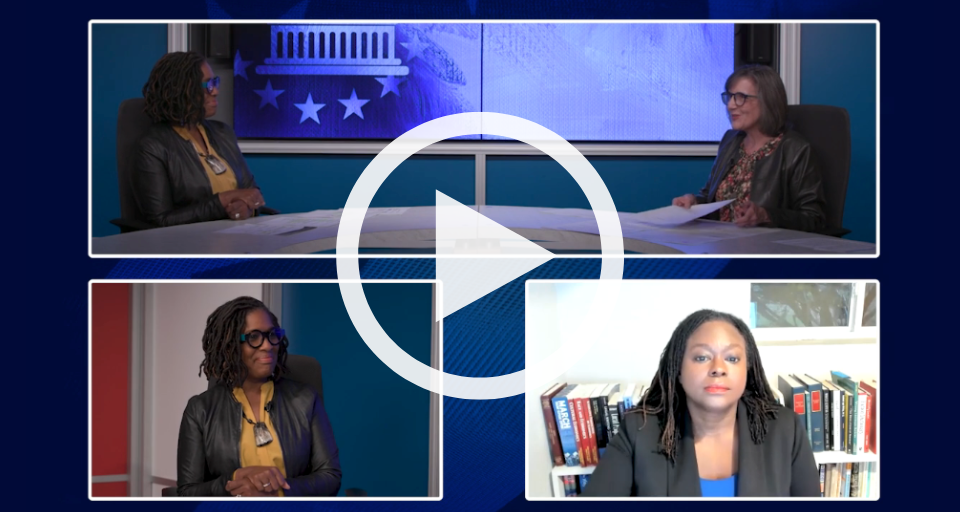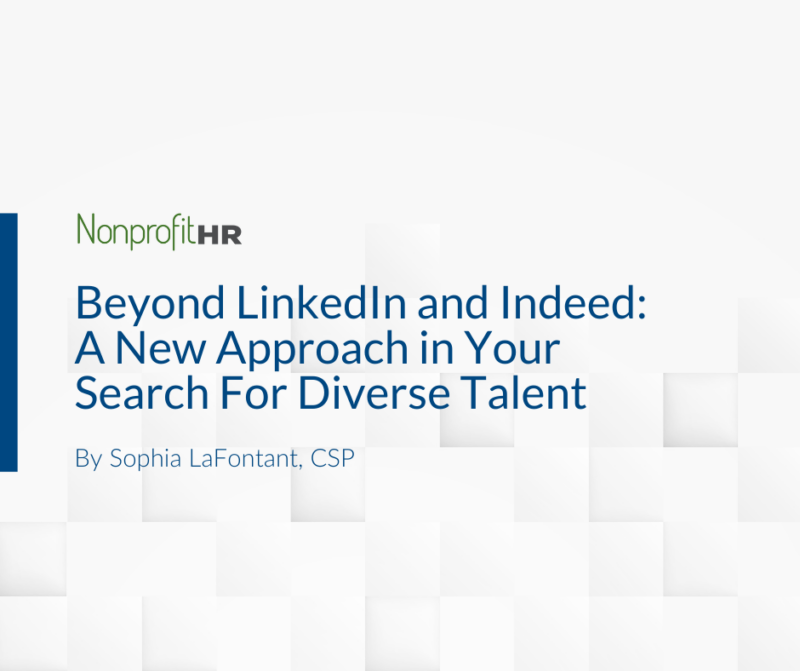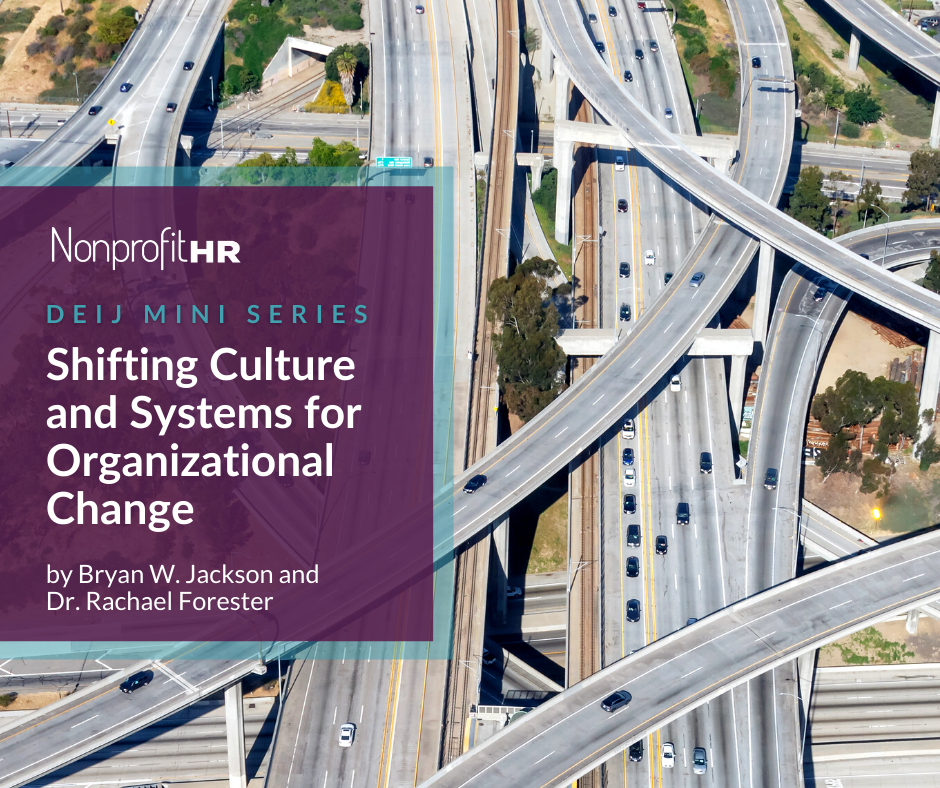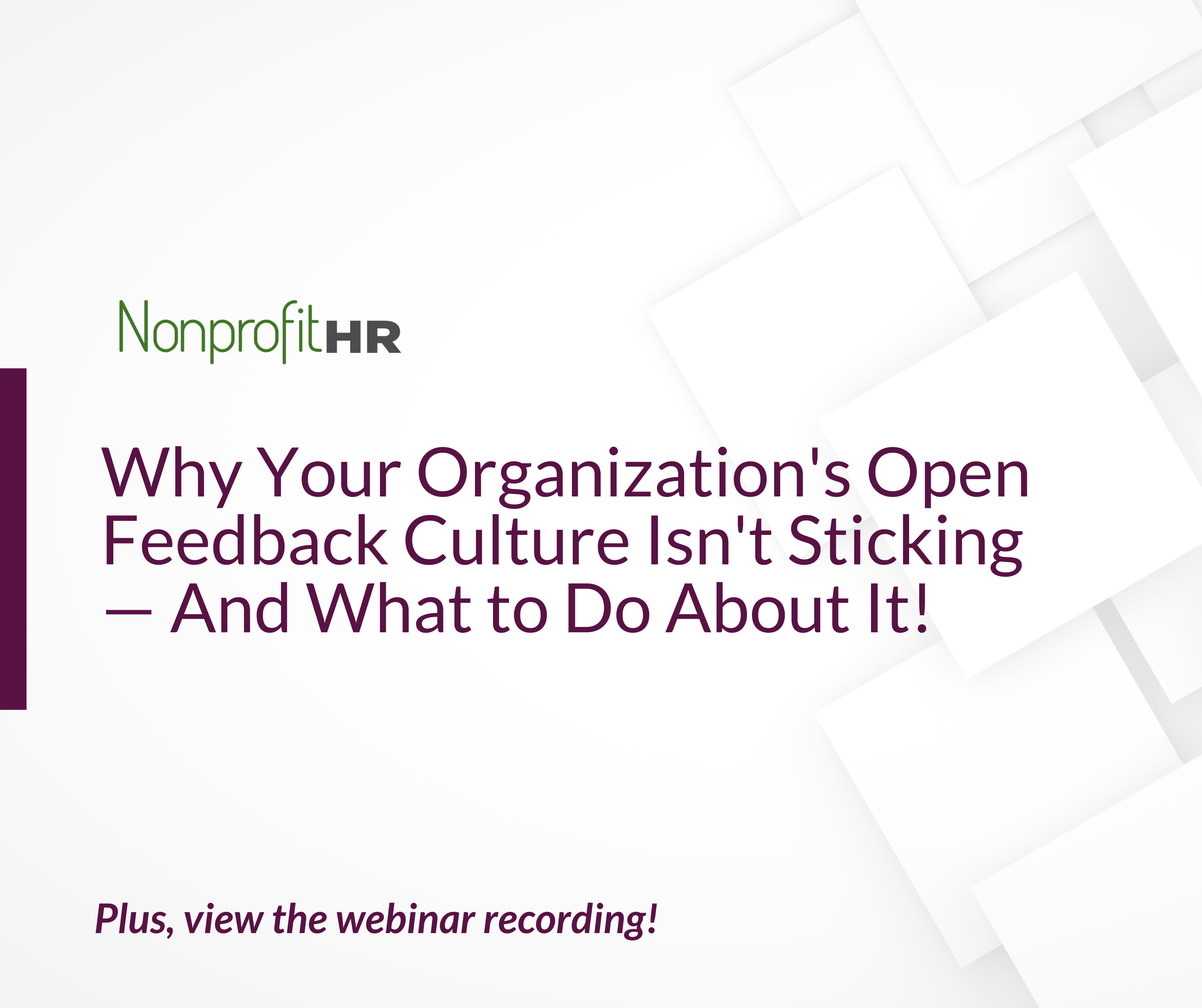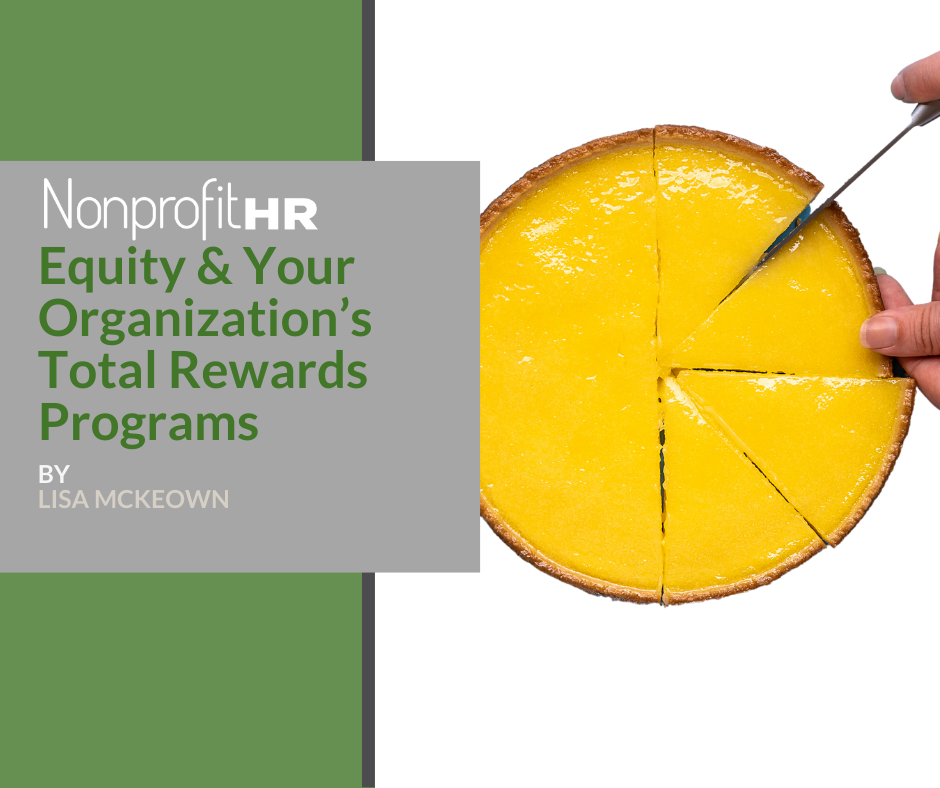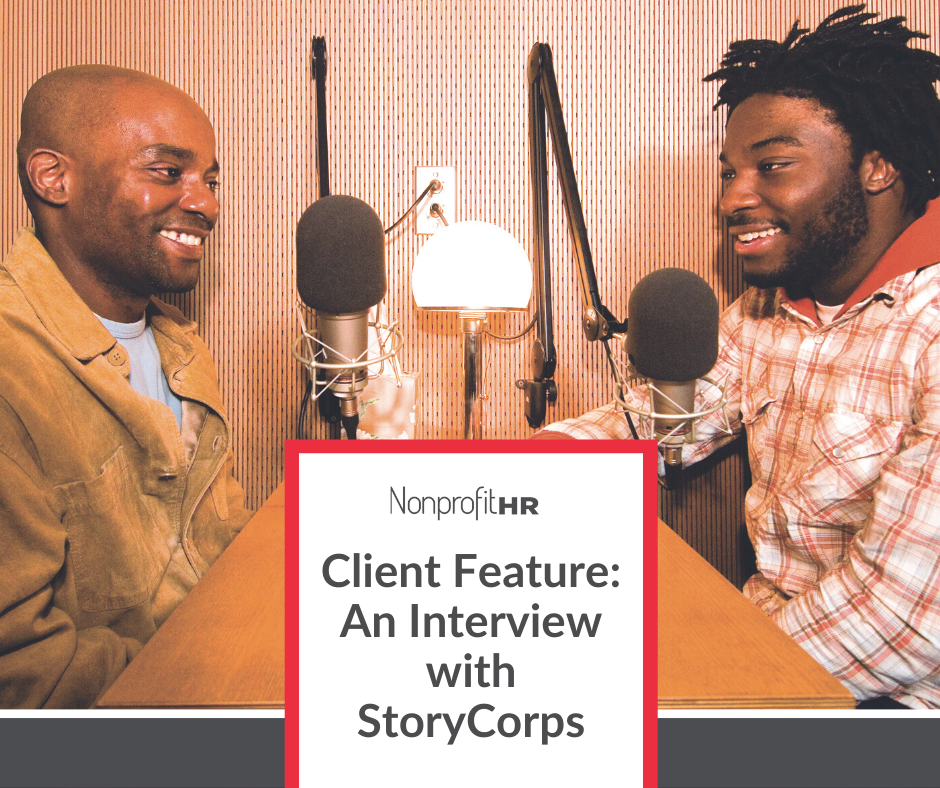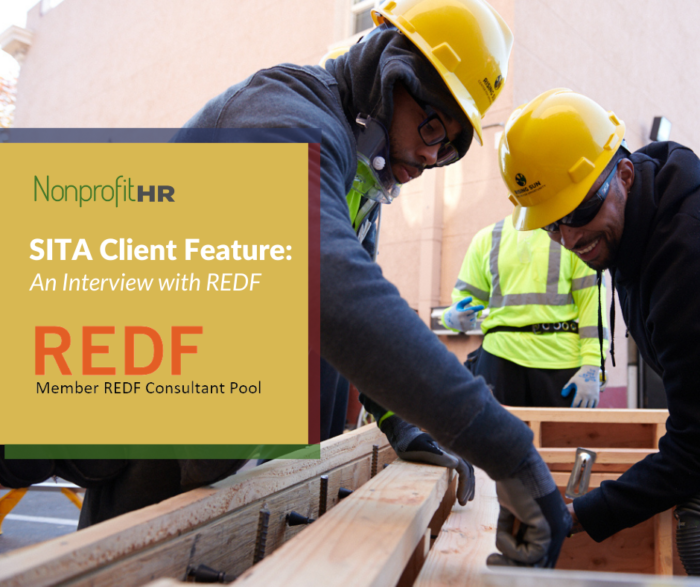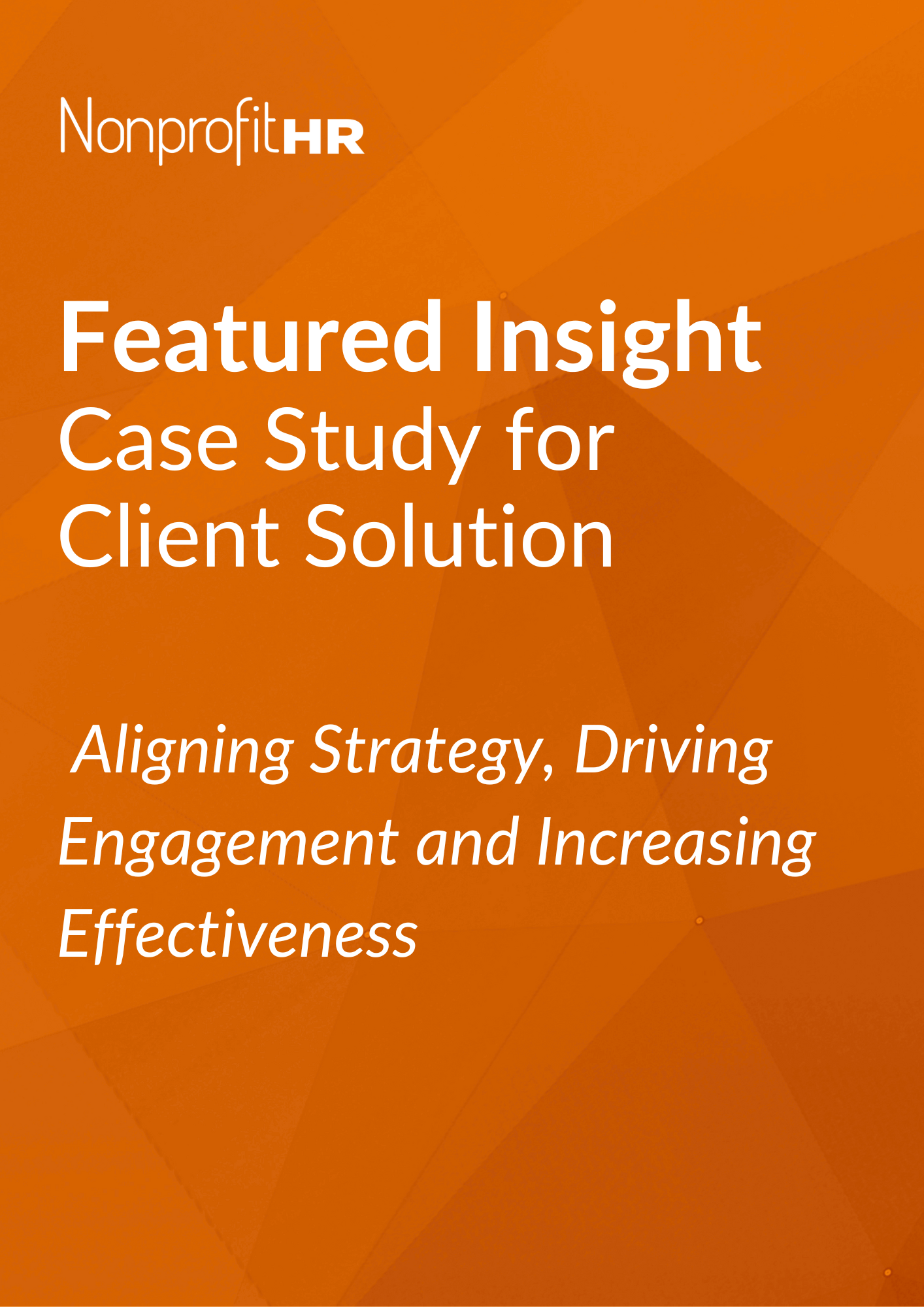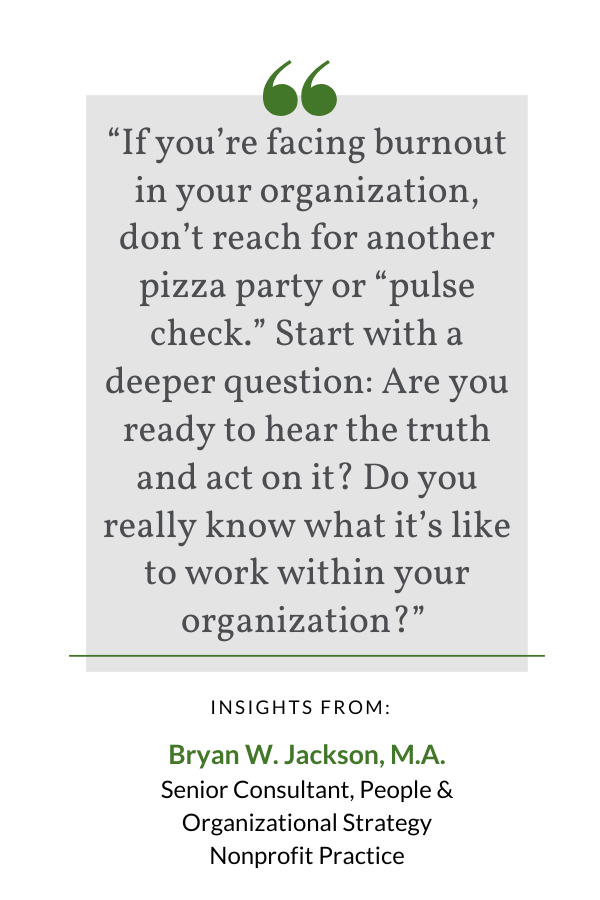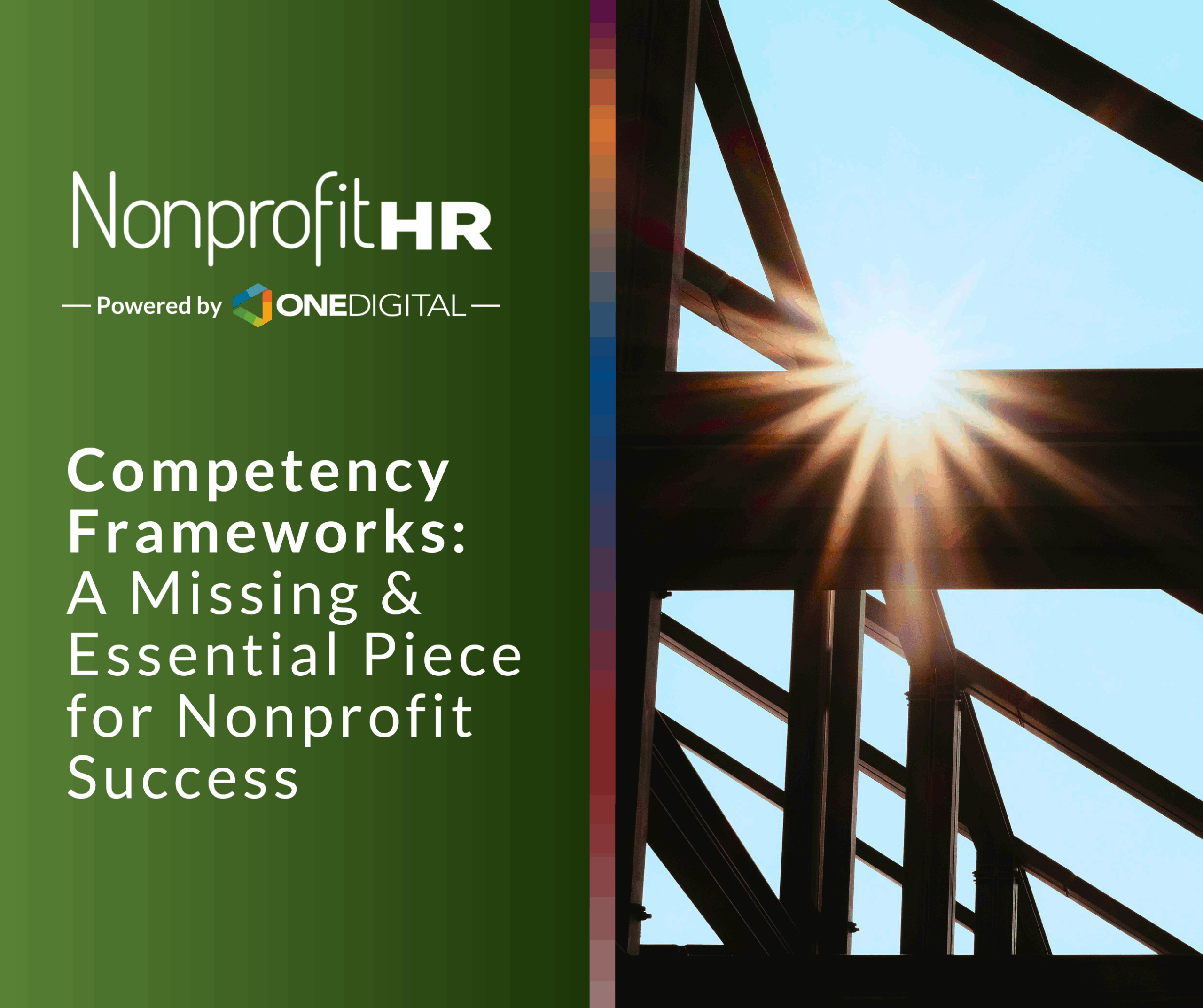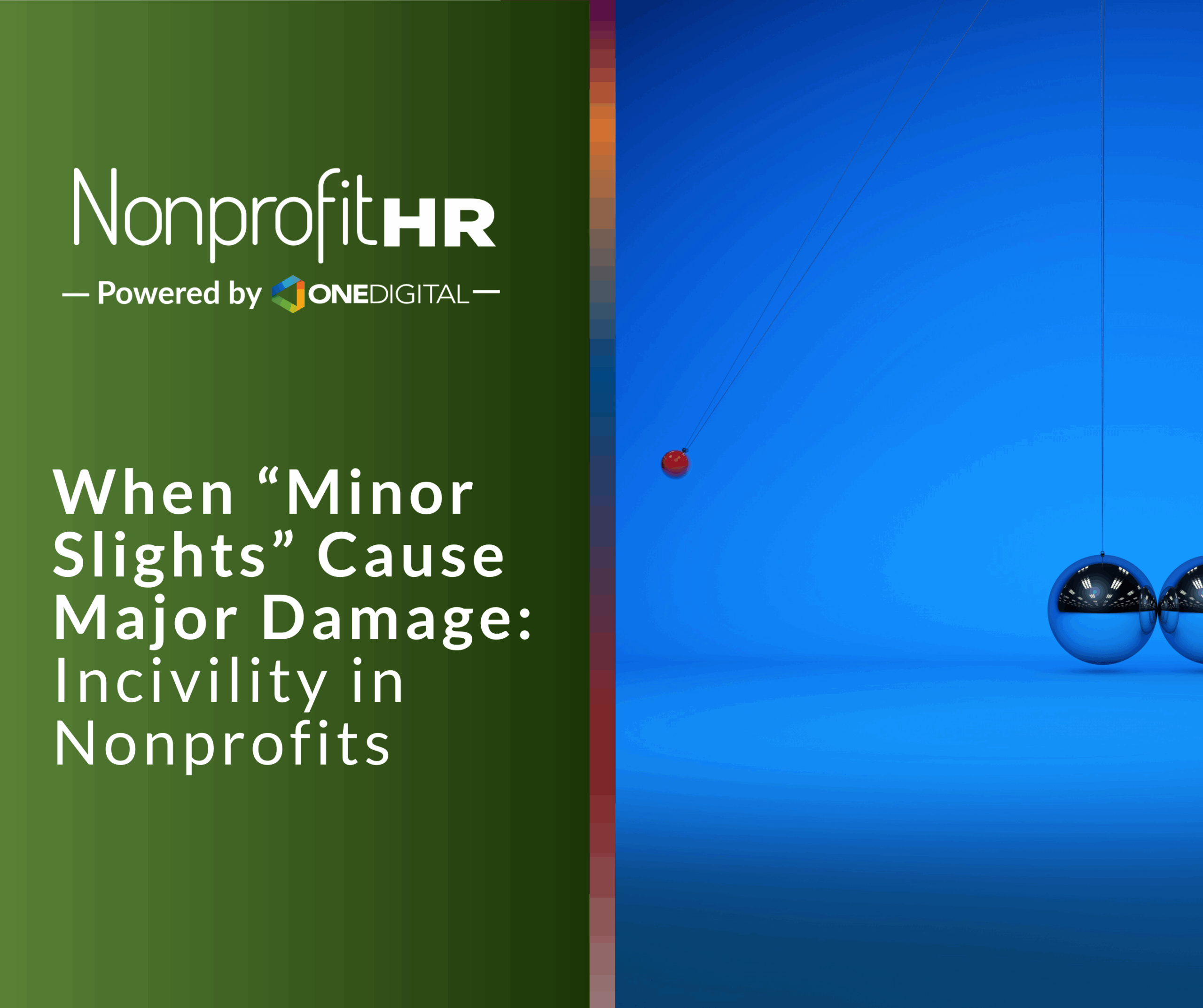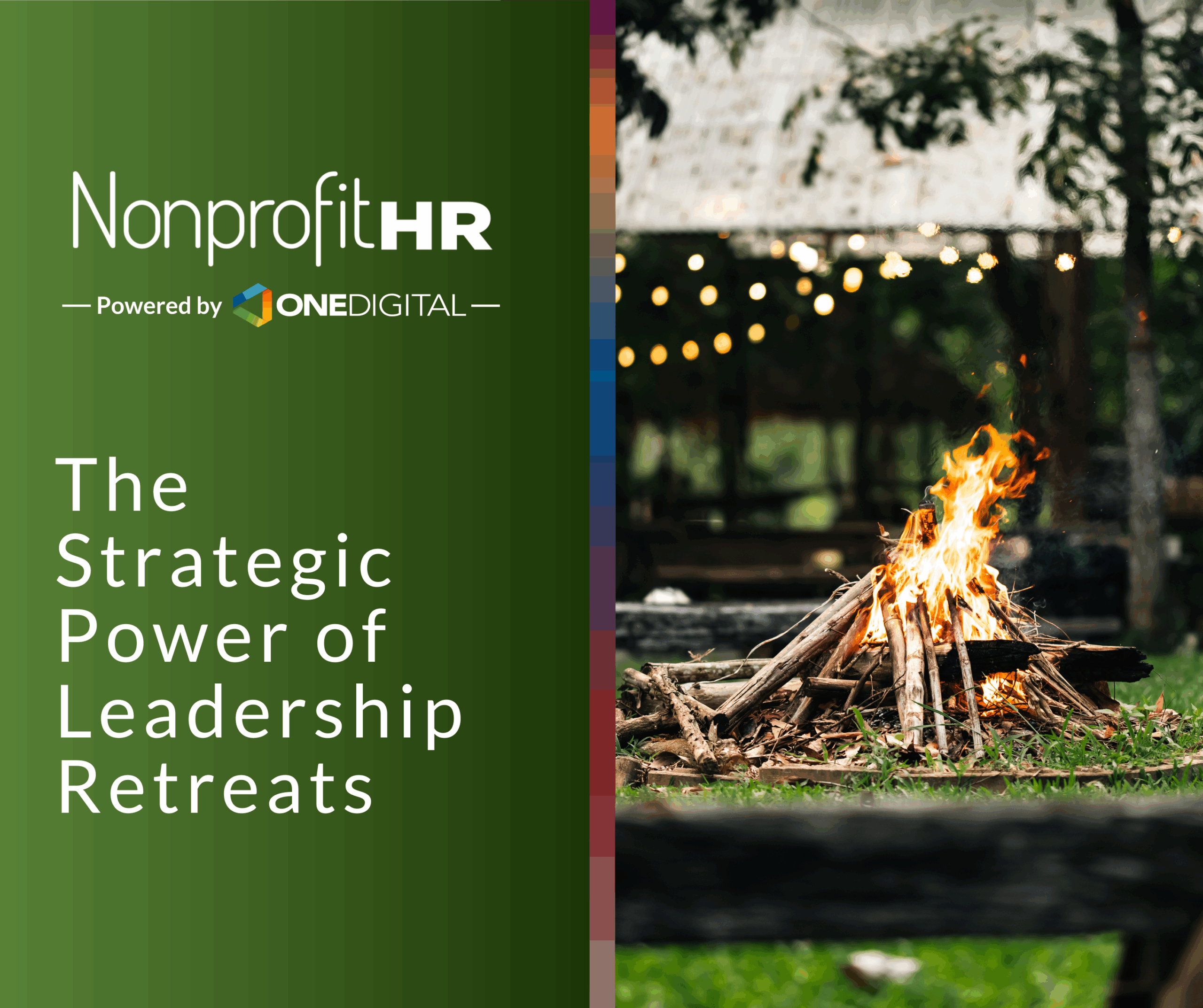WTOP: 5 ways nonprofits can…
When I took the stage at SHRM 2025, I didn’t come to deliver another case study. I came to hold up a mirror. Who are we as organizations and how do we see and hear our people? How can we redefine our “North Star” and chart a new path towards understanding and action?
Too many organizations are quietly unraveling under the weight of unspoken fatigue, unacknowledged trauma, underdeveloped leadership and “this is just the way we are” mindsets. Not to mention, the outside factors that impact the inside spirit of who we are. Burnout isn’t always loud — it often hides behind professionalism, performance, overwork and people who care too much to walk away, yet are too depleted to fully show up. We lose out on the full human capacity when we are engaging with people’s “executive assistant.”
The story I told during this presentation, of a midsized nonprofit drowning in low trust, disconnection and performative DEI, wasn’t an outlier. It reflected what’s happening across the sector, from advocacy groups to corporate teams. What made this story different was how the organization chose to respond.
They stopped pretending.
They acknowledged their “culture of nice” was masking real dysfunction, particularly a deep-seated lack of accountability at the senior level, inequities in who felt they belonged and the painful residue of a failed audit years prior. Rather than default to another superficial survey, they partnered on a full-scale culture audit that prioritized anonymity, psychological safety, and truth-telling across every level of the organization.
This wasn’t a box to check. It was an invitation to reckon with the truth.
We used a layered approach: quantitative data through climate surveys, qualitative insights via focus groups and trauma-informed language throughout. Every step was rooted in transparency about the process, the purpose and the power dynamics at play.
What did we uncover?
- A workforce emotionally disengaged and drowning in unspoken labor
- Leadership perceived as inconsistent, inaccessible and out of sync with staff realities
- Deep gaps in career development, communication and identity-based belonging
- Post-pandemic policies that sounded generous on paper but felt misaligned in practice
This was the core message I offered at SHRM: Culture change doesn’t begin with strategy, it begins with courage. It begins when leaders choose transparency over self-protection, when organizations stop hiding behind belonging statements and start embedding change into their systems, when data becomes a springboard for disruption, not just documentation. And the acknowledgement that culture change takes time to course correct.
If you’re facing burnout in your organization, don’t reach for another pizza party or “pulse check.” Start with a deeper question: Are you ready to hear the truth and act on it? Do you really know what it’s like to work within your organization?
Because reclaiming culture requires more than insight. It demands investment, iteration and leadership that’s brave enough to let the people closest to the problem become co-creators of the solution.
We didn’t just audit culture, we rebuilt it. And so can you.
If your organization is navigating burnout, disconnection or stalled culture efforts, it’s time to move beyond surface solutions. Rebuilding culture starts with truth, trust and the courage to act. Reach out to our team to start the conversation.
Contributing Author
|
Bryan W. Jackson, MA |





